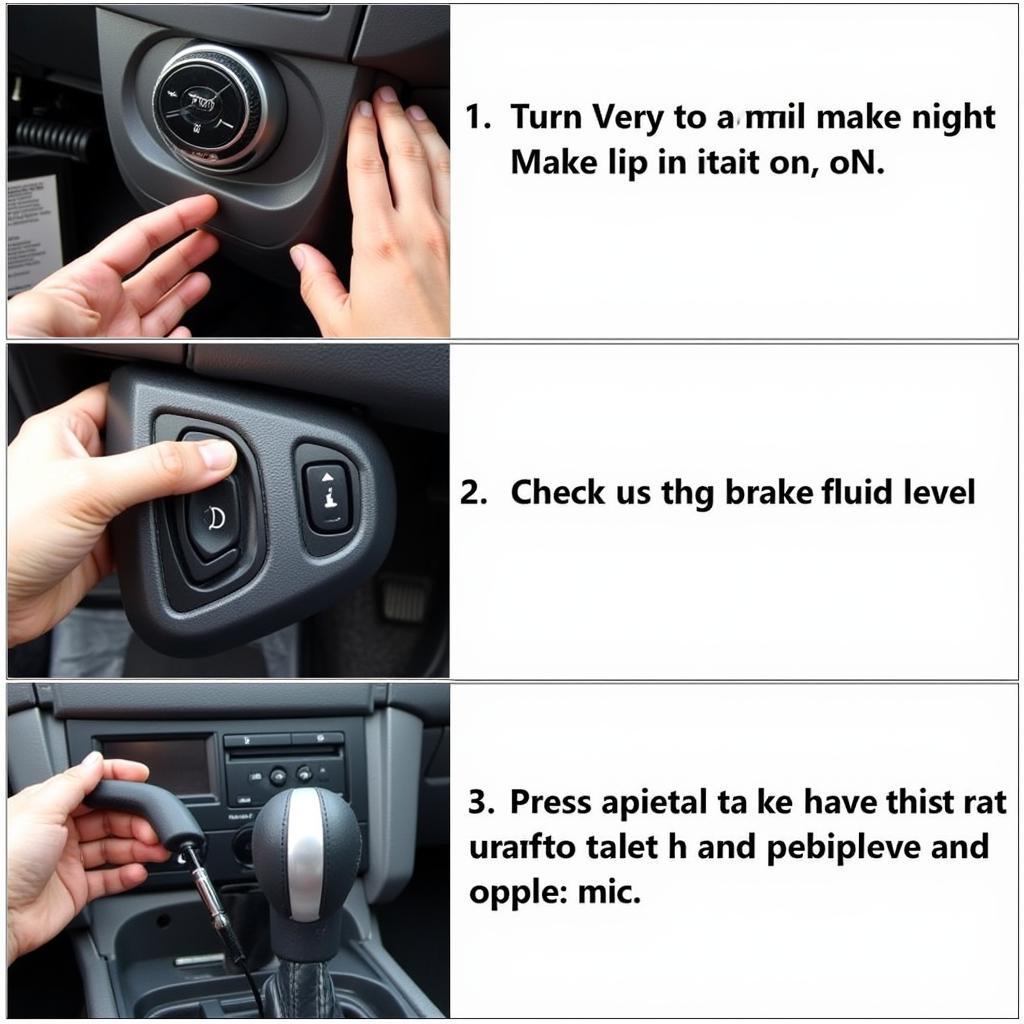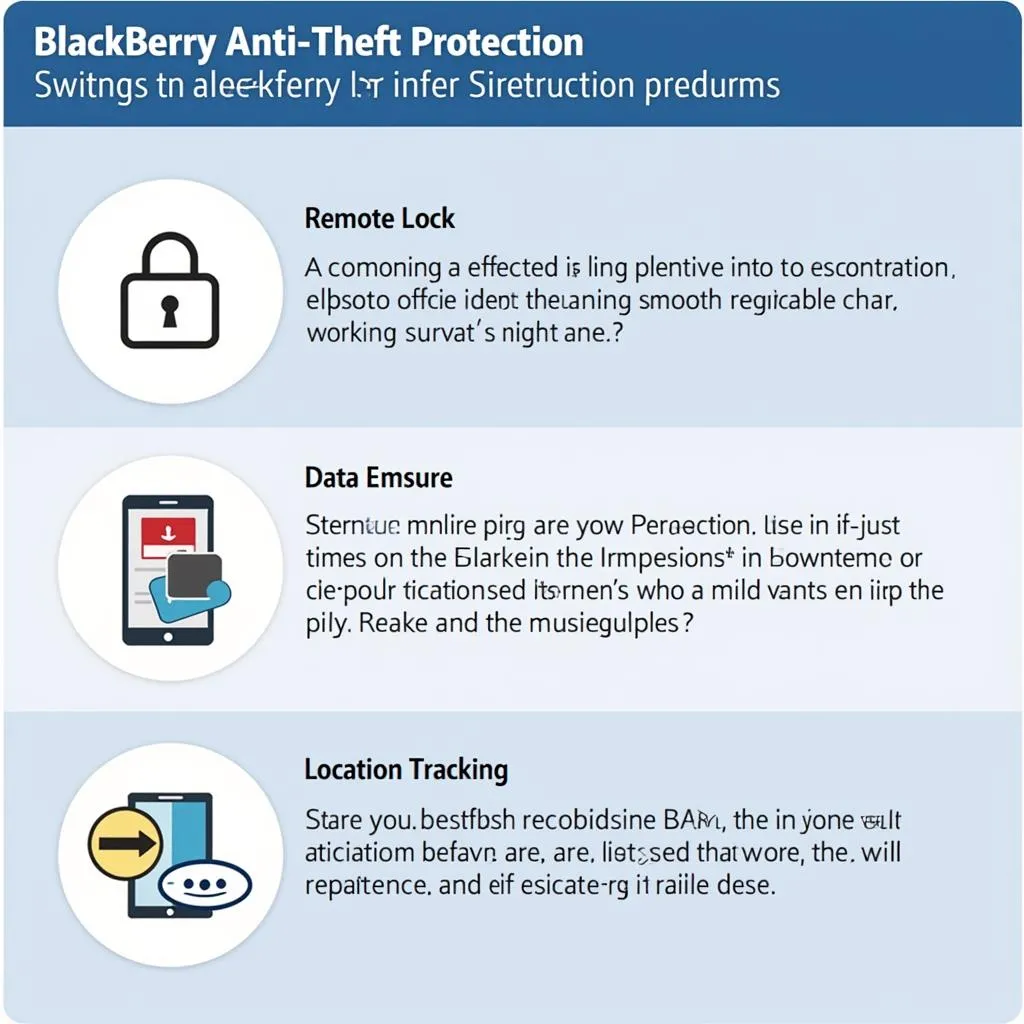The illumination of a warning light on your dashboard is never a welcome sight, especially when it relates to your car’s braking system. Two lights that often cause confusion are the ABS (Anti-lock Braking System) and the general brake system warning light. While both indicate a potential issue with your car’s ability to stop effectively, understanding the difference can be crucial in determining the severity of the problem and the necessary course of action.
What does the ABS warning light mean?
The ABS warning light, often represented by a circle containing the letters “ABS,” illuminates when the ABS system detects a malfunction. The ABS system is a crucial safety feature that prevents your wheels from locking up during hard braking, allowing you to maintain steering control.
Common reasons for the ABS light to come on:
- Faulty ABS wheel speed sensor: These sensors monitor the rotational speed of each wheel and relay this information to the ABS control module.
- Issue with the ABS control module: This module is the brain of the ABS system and, if faulty, can trigger the warning light.
- Low brake fluid: As brake fluid level drops, air can enter the ABS system, affecting its performance.
- Problem with the ABS hydraulic unit: This unit controls the brake fluid pressure to each wheel during ABS activation.
What does the brake system warning light mean?
The brake system warning light, often a red circle with an exclamation mark (!) or the word “BRAKE” inside, signals a problem with your car’s traditional braking system. Unlike the ABS light, this warning indicates a potentially more serious issue that requires immediate attention.
Common reasons for the brake system warning light to come on:
- Low brake fluid level: This is the most common culprit. A leak in the braking system can cause the fluid level to drop dangerously low, impacting braking performance.
- Worn brake pads: Most modern vehicles have wear sensors in the brake pads that trigger the warning light when the pads need replacement.
- Faulty brake caliper or wheel cylinder: These components are responsible for pushing the brake pads against the rotors to slow or stop the vehicle.
- Master cylinder failure: The master cylinder is the heart of the braking system, and any issues with it can lead to a complete loss of braking ability.
Can both warning lights be on at the same time?
Yes, it is possible for both the ABS and brake system warning lights to illuminate simultaneously. This situation usually indicates a more serious underlying problem affecting both systems, such as critically low brake fluid or a complete failure in the hydraulic system.
“When both lights are on, it’s never a good sign,” says John Smith, Senior Automotive Engineer at XYZ Auto Group. “It usually means there’s a significant issue with the car’s ability to stop safely.”
2011 dodge grand caravan brake warning light on intermittently
What should I do if either warning light comes on?
If the ABS warning light comes on:
- Exercise caution: While you may still have conventional braking, avoid sudden stops and maintain a safe distance from other vehicles.
- Schedule an inspection: Have your ABS system diagnosed by a qualified mechanic to identify and address the issue.
If the brake system warning light comes on:
- Stop the vehicle immediately: This light indicates a serious problem with your brakes. Continuing to drive could result in complete brake failure.
- Call for roadside assistance: Have your vehicle towed to a trusted mechanic or service center for immediate inspection and repair.
How to prevent brake warning lights from coming on
Regular vehicle maintenance is key to preventing brake system issues and avoiding those dreaded warning lights. Here are some preventative measures:
- Regular brake inspections: Have your brakes checked at least once a year, or more frequently if you drive in harsh conditions.
- Timely brake fluid flushes: Brake fluid degrades over time and absorbs moisture, reducing its effectiveness. Follow your manufacturer’s recommended service intervals for brake fluid flushes.
- Pay attention to unusual noises or sensations: Screeching, grinding, or pulsating when applying the brakes could indicate worn brake components and warrant immediate attention.
toyota prius yellow brake warning light
Conclusion
Understanding the difference between the ABS and brake system warning lights can help you respond appropriately to potential brake issues. Remember, while the ABS warning light signals a problem with that specific system, the brake system warning light indicates a more critical issue that requires immediate attention. Regular maintenance and prompt attention to warning signs are crucial for ensuring the optimal performance and safety of your vehicle’s braking system.


